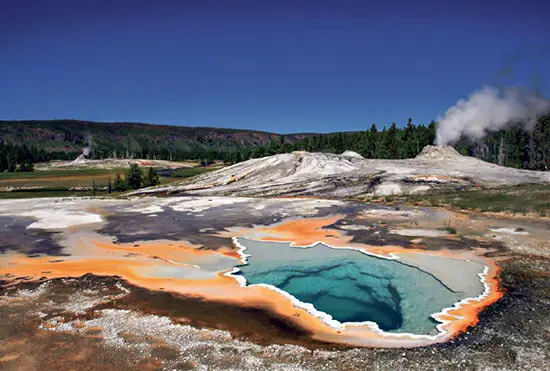The inception of national parks in the 19th century marked a pivotal shift in environmental conservation, driven by the pressing need to protect natural wonders from the relentless tide of deforestation, urbanization, and industrialization. The United States pioneered this movement, establishing Yellowstone as the first national park in 1872, safeguarding over 2 million acres of diverse landscapes in Wyoming, Montana, and Idaho. This groundbreaking initiative was followed by the creation of Sequoia National Park in California in 1890, celebrated for its majestic giant redwoods.
Recognizing the necessity for a dedicated entity to oversee these protected areas, the National Park Service was formed in 1916 under President Woodrow Wilson’s administration. The Service’s mandate is to conserve parklands, ensuring they remain unspoiled for future generations while allowing public enjoyment.
The U.S. now boasts 59 national parks, alongside numerous memorials, monuments, and recreational areas, cumulatively covering an expanse as vast as Montana. Globally, this movement has inspired the establishment of national parks in various countries, many of which have earned the prestigious designation of UNESCO World Heritage Sites. As of 2016, UNESCO reports that nearly 15% of Earth’s land is designated as protected areas, including nature reserves, wildlife sanctuaries, and regions for sustainable use, reflecting a global commitment to preserving our planet’s natural heritage.

